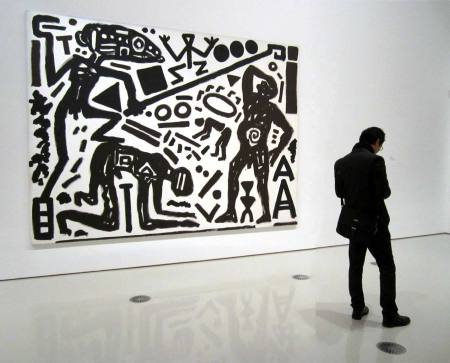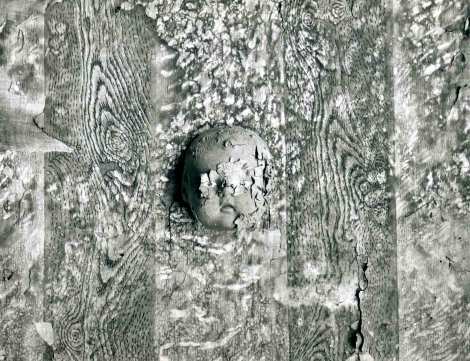Pocket Kodak, 1896
On the day that Kodak sells it film manufacturing business, it seems appropriate to commemorate big yellow’s dawn in the late 19th century.
Here is an object on Ebay from the early history of popular photography, an 1896 Kodak. The term ‘Box Brownie’ is fixed in the cultural memory, the name Kodak gave their range of amateur home cameras that started in 1888.
This Pocket Kodak is small, only 7 x 10 x 6 cm in size. It’s for a largish pocket, but a pocket nonetheless. When you consider that only about 15 years before, the dominant form of photography was Wet Plate with it’s large sheets of glass and toxic chemicals, a pocket camera is an amazing idea. Kodak’s genius then was in taming photography, making it convenient and simple.
Kodak box cameras had features that are unusual to us: the lens is behind the shutter, and you pulled a string to cock the shutter. But this model inaugurated one long-lasting feature, the red safety window for when you’re winding the film. Young photographers today know that invention from their Lomo Dianas and Holgas.
The lens is an f10, 65 mm focal length. The camera took 12 exposures on 1½ x 2 inch (3.7 x 5) cm exposures on paper backed roll-film. This is much smaller than current roll film, between 35mm and 120 format. It’s a different format from the original Brownies that held 100 exposures and had to be sent to the factory for re-loading. kodaksefke.nl has some examples.
It must have been OK for it’s time because Kodak made almost 150,000 of them, at $5.00 retail. I don’t know if it helps but in 1913, $5.00 was worth $117.00 of today’s dollars. But this one is going for $300 on Ebay. That’s inflation.
from http://www.kodaksefke.nl/pocket-kodak.html
.



















